The Alpine A110 was confirmed to go all-electric in its next generation. However, a new direction from Renault and Geely’s Horse joint venture is making the hybrid option viable, keeping the weight at a more attractive level than Alpine’s sub-1,450kg EV target. With a lightweight coupe as renowned for its balance and sharp handling as the A110, the equation between emissions regulations and driving pleasure is becoming clearer.
The development comes as sports car manufacturers reconsider their electrification plans. Porsche recently reversed its plans to make the 718 Cayman/Boxster electric-only, opting to continue with gasoline engines due to customer demand. Alpine is facing a similar choice, and Horse’s mild hybrid technology opens the door to hybridization.
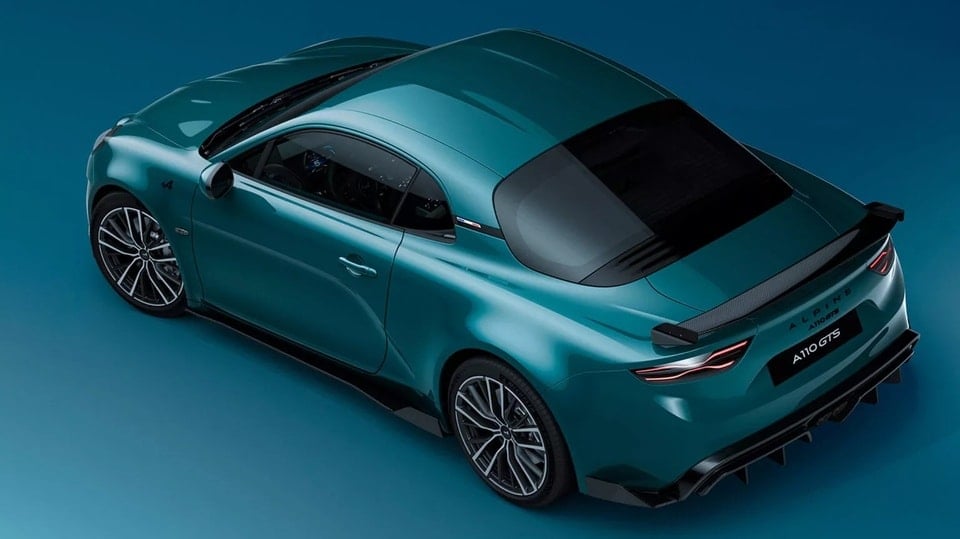
A110's lightweight DNA under electrochemical stress
The current A110 weighs around 1,100 kg and produces 249 hp, enough to give an impressive driving experience, according to enthusiasts. Weight is key, and it’s something that will be difficult to maintain when switching to batteries and electric motors. Alpine claims the next EV will be under 1,450 kg; if it comes with a hybrid configuration, it’s likely to be even lighter than that, thanks to the compact powertrain.
Therefore, the hybridization roadmap – if it happens – can help the A110 preserve its core values: light, responsive and flexible, instead of sacrificing driving feel because of a heavy battery pack.
Technical solution from Horse: compact 1.5L hybrid
The Horse joint venture (established in 2023) has developed two hybrid configurations using a 1.5L four-cylinder horizontally opposed gasoline engine. The emphasis is on compact packaging to easily integrate into platforms originally designed for electric vehicles.
- The basic version is about 650 mm long, prioritizing space and weight optimization.
- The second variant adds an electric motor at the front of the gearbox, adding 89mm to the length, which in return opens up greater performance potential – a factor that A110 fans are particularly interested in.
Compactness and flexibility in layout are key to preserving mass distribution and torque distribution – values that directly influence the front-end response, grip and steering ability of a lightweight coupe.
Summary table of relevant parameters (according to publication/source mentioned)
| Category | Value | Note |
|---|---|---|
| New A110 EV target weight | < 1,450 kg | Alpine affirms |
| Current A110 configuration | 1,100 kg; 249 horsepower | Driving feel reference |
| Horse hybrid engine – basic version | 1.5L I4 transverse; length ~650 mm | Compact design |
| Horse hybrid engine – performance-enhancing variant | 1.5L I4 + electric motor at the top of the gearbox | Add 89 mm to length |
| A110 hybrid project status | Not officially confirmed | Possible scenario |
Driving space and user experience: information still open
Alpine has not yet announced the interior configuration for the next generation A110. With the lightweight and driver-focused orientation that is the A110’s identity, the equipment configuration and user interface – if converted to a hybrid – will need to maintain a minimalist philosophy to limit weight gain. The specifics will depend on the specifications and “packaging” of the Horse hybrid system.
Performance and handling: weight is key
In fact, the current A110 with 249 horsepower already feels sharp to drive thanks to its favorable power-to-weight ratio. With the potential hybrid platform, a variant with a motor integrated into the gearbox head from Horse could improve throttle response and transmission flexibility, but specific power/torque figures have not been announced.
If the A110 hybrid keeps its weight below the 1,450 kg EV mark, its advantages in inertia and quick direction change are likely to be maintained – important factors for users who prioritize mountain roads and “track day” racetracks.
Safety and driver assistance technology: no data yet
There’s no word yet on advanced driver assistance systems or independent safety ratings for the next-generation A110. As we get closer to launch, tech packages and test ratings, if any, will help to better outline the overall level of refinement.
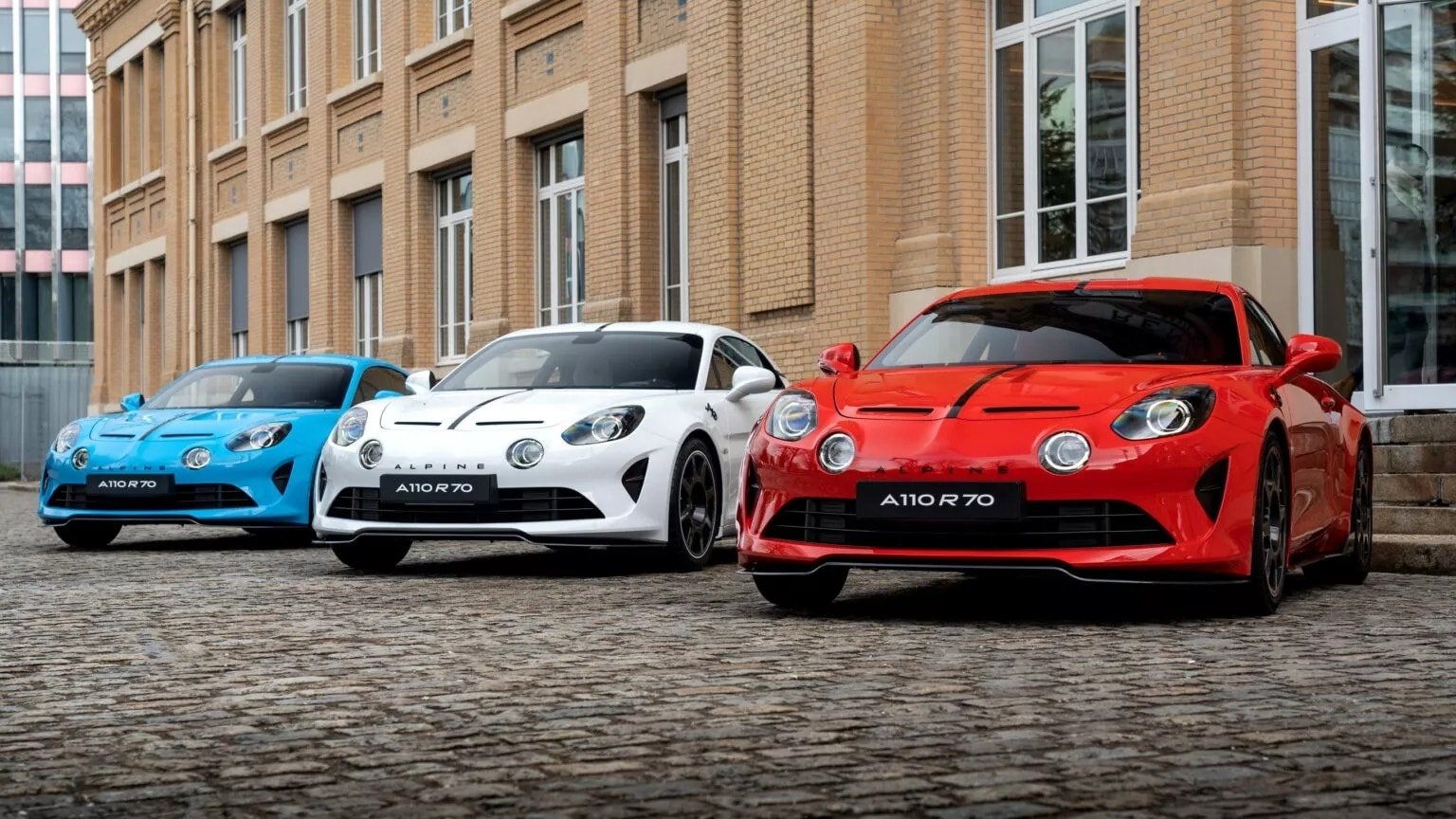
Price and positioning: Cayman rivals, US market not yet open
The A110 is often placed next to the Porsche 718 Cayman in terms of driving philosophy. Porsche's strategy of keeping the 718 with a gasoline engine due to customer demand shows that the small sports coupe segment still prioritizes the traditional engine experience. For the A110, a hybrid configuration could be the balance: meeting emissions regulations without completely sacrificing driving "quality".
In terms of markets, the plan to bring Alpine to North America from 2027 with the SUV/crossover portfolio has been postponed indefinitely due to the impact of President Trump's new tariff policy. This means that American consumers - at least in the short term - will have difficulty directly accessing Alpine products, although the global positioning can be expanded in Europe and other regions.
Conclusion: A110 hybrid – a modern compromise
From a technical and market perspective, a light hybrid is the logical approach for the Alpine A110 in its transition period. The Horse’s 1.5L transverse technology allows for efficient packaging, promising minimal weight gain compared to an EV, while preserving the driving feel that makes the A110 an icon.
- Pros: Optimal weight potential; compact hybrid technology helps maintain lightweight philosophy; ability to expand product range instead of focusing only on high-performance versions.
- Cons: No official confirmation from Alpine yet; power/torque, electric range, and fuel economy figures yet to be announced; North American market still uncertain.
Until details are revealed, the A110 hybrid remains a hopeful scenario: a compromise between driving pleasure and emissions requirements, while also keeping close to the real-world needs of today's sports car users.
Source: https://baonghean.vn/alpine-a110-hybrid-loi-di-dung-hoa-cam-xuc-va-khi-thai-10309220.html



![[Photo] The 5th Patriotic Emulation Congress of the Central Inspection Commission](https://vphoto.vietnam.vn/thumb/1200x675/vietnam/resource/IMAGE/2025/10/27/1761566862838_ndo_br_1-1858-jpg.webp)

![[Photo] Party Committees of Central Party agencies summarize the implementation of Resolution No. 18-NQ/TW and the direction of the Party Congress](https://vphoto.vietnam.vn/thumb/1200x675/vietnam/resource/IMAGE/2025/10/27/1761545645968_ndo_br_1-jpg.webp)

![[Photo] National Assembly Chairman Tran Thanh Man receives Chairman of the House of Representatives of Uzbekistan Nuriddin Ismoilov](https://vphoto.vietnam.vn/thumb/1200x675/vietnam/resource/IMAGE/2025/10/27/1761542647910_bnd-2610-jpg.webp)


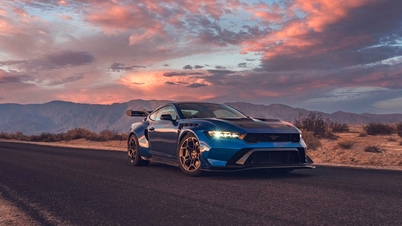



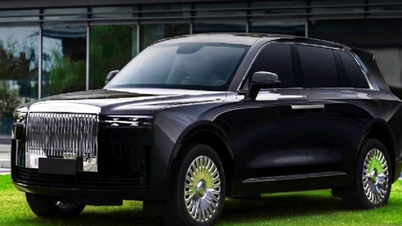
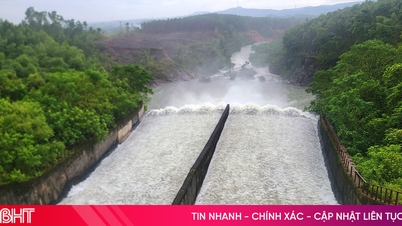





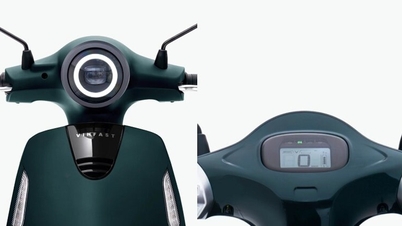
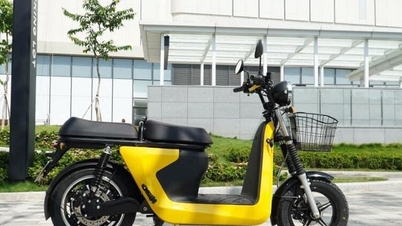
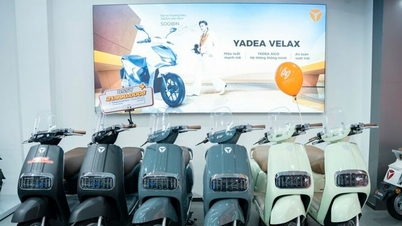
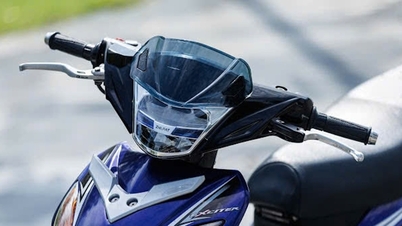
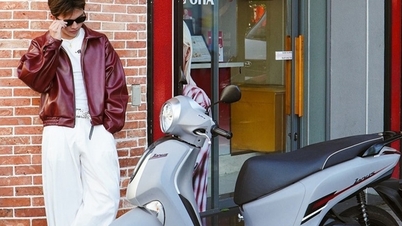
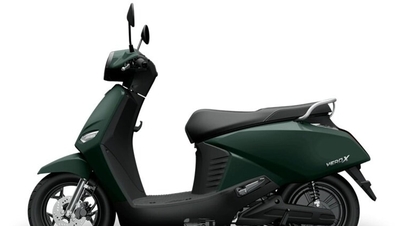































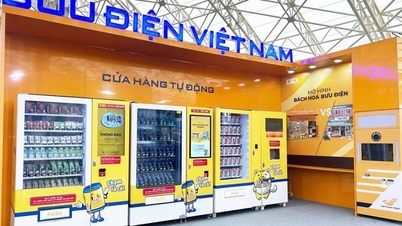

























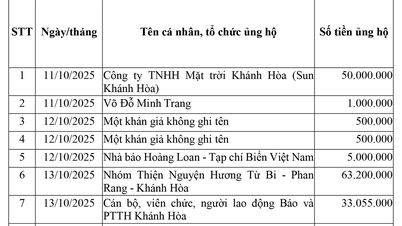























Comment (0)